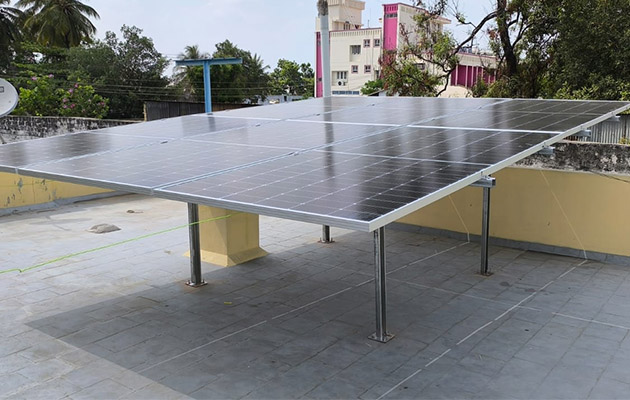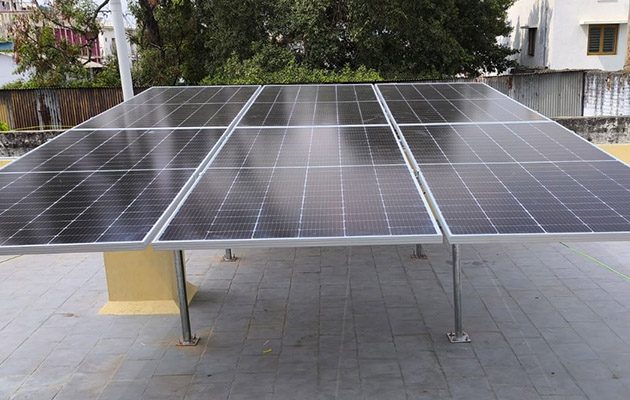Solar Power Plant
Solar panels are advanced devices designed to capture sunlight and convert it into electricity or heat through a process known as the photovoltaic effect. Essentially, a solar panel is composed of multiple photovoltaic (PV) cells, which are systematically arranged in a grid-like pattern on its surface. These PV cells, which are commonly made from crystalline silicon, work together to generate electrical power when exposed to sunlight.
A solar panel can also be referred to as a collection of photovoltaic modules mounted on a supporting structure. Each PV module is a pre-packaged assembly of 60 to 72 solar cells, connected and encapsulated to form a robust and efficient unit. These panels are engineered to be exceptionally durable, with their performance degradation being minimal over time typically, a reduction of just one to two percent annually.
Due to their design and construction, solar panels can maintain their efficiency and functionality for many years, making them a reliable and long-lasting solution for harnessing solar energy. Their primary component, crystalline silicon, remains the most common material used in their manufacture due to its proven efficiency and durability.



